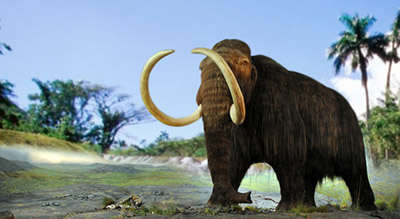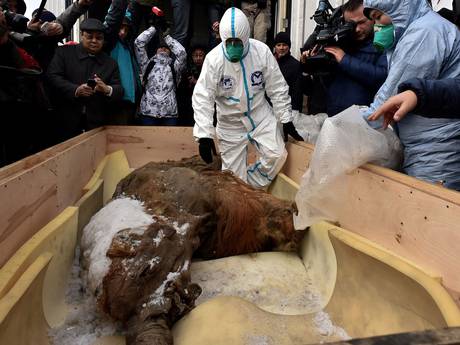| Online: | |
| Visits: | |
| Stories: |
Woolly Mammoth is Beeing Revived: Scientists have just Spliced DNA Into Cells Of Living Elephant

Harvard University researchers spliced genetic code of the ancient extinct animals into 14 separate sections of DNA belonging to modern elephants. By doing so, the mutated DNA codes for many of the distinctive features of mammoths, including thick fur, extra fat, smaller ears, and a tolerance for cold conditions.
Mammoths went extinct 3,000 years ago, but frozen specimens of the animals have been found well-preserved in ice, allowing the extraction of DNA.
 Over 3,000 years after the mammoth went extinct, scientists have successfully brought to live mammoth cells in a lab. Scientists have replicated the genes that make elephants different from mammoths — their hairiness, bigger ears and fat beneath their skin — and successfully inserted them into an elephant’s code.
Over 3,000 years after the mammoth went extinct, scientists have successfully brought to live mammoth cells in a lab. Scientists have replicated the genes that make elephants different from mammoths — their hairiness, bigger ears and fat beneath their skin — and successfully inserted them into an elephant’s code.
Mammoth cells are easier to find than other animals of a similar time, because many of the remains have been buried in permafrost, preserving them like a freezer. That has led to particular interest in whether the mammoth could be revived through cloning — but not everyone agrees that cloning bringing the species back to life would be an ethical decision.
Scientists worry that the cloning procedure could involve experimenting on many living elephants, scientists told The Independent in November, when a new woolly mammoth was found. (Source)
And it all started a few years ago with this finding:
You may also like:
The #1 Killer In Any Crisis (Video)
Do You Make These Fatal Mistakes In A Crisis?
The Most Common Biological Weapons (and Antidotes)
Obama’s New Benghazi – Revealed
Nuclear Powers, the Rise in the Middle-East and the New Bomb








Fascinating experiment.